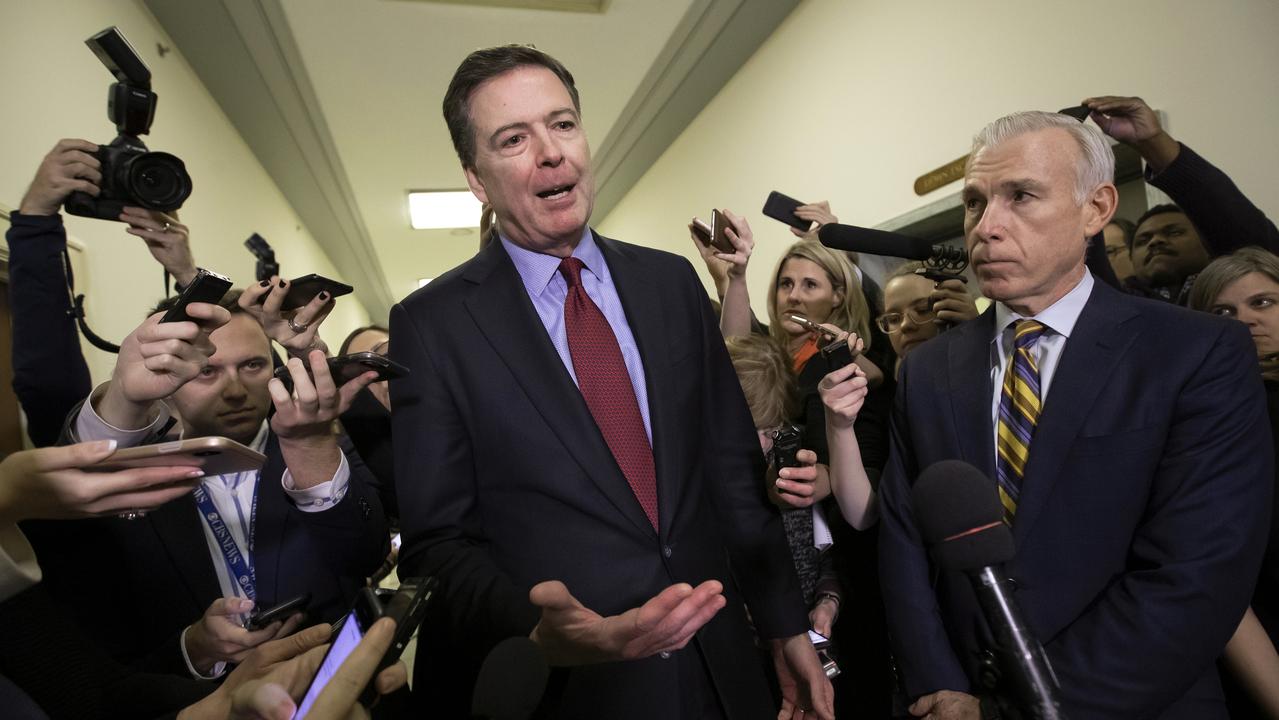Homes await NSW’s disabled as John Ajaka shuts institutions

The residents are sitting on an old couch in a dirty room watching a long infomercial for a blender that can be bought by paying in regular instalments.
Each of them has disabilities and most of them have lived here for decades, shut away from the community and trapped by the inertia of inflexible routines.
They reside here, to be sure, but there is no living done at the large residential institution in Westmead, Sydney, that was built in the 1960s.
Some of the residents here have known nothing but the bleak, barren corridors, the Swedish architect wood panelling — it once won an award — and the garden, long since paved over.
For several years now successive NSW government disability ministers have been on a mission to close institutions such as this, products of an era when people with disabilities were to be neither seen nor heard.
Although disability advocates have campaigned for the erasure of institutions everywhere in the nation — they are hives of abuse, mistreatment and overwhelmingly oppressive, they say — the mission has been politically sensitive because unions and some families have fought the change.
Hard choices to leave their children in the institutions now labelled as cold and depressing have, understandably, coloured the views of some parents who are now told the hulking centres are inappropriate.
The unions are worried about pay and conditions for staff and have enforced work bans to make the closures as hard as possible. NSW Disability Services Minister John Ajaka ensured they went ahead anyhow.
Martin Ryan, 54, had been living in the rundown Phoenix wing of the Westmead centre for 36 years. Afflicted with rubella in his youth, he has an intellectual disability and is deaf and blind.
“You know, you do whatever is best for them,” his 84-year-old mother, Margaret Ryan, says. “When he first moved into Westmead the old building was not very good, there were (dorms), but that was replaced and they each got their own single rooms.
“At the time, it was really beautiful — the only problem was that there were 19 or 20 other people in there.”
Every month, Margaret Ryan would bring Martin home to stay with her for a week. Some residents rarely received visitors. One father, struck down by the atmosphere of the centre into which he’d placed his child, could bring himself to visit only once a year.
But then came the evolution.
The new world order for people with disabilities in NSW does not sound like much of a departure, at least in terms of the stiff language. Large residential institutions at Westmead and Rydalmere, in Sydney’s west, will be shut next year. The largest in the state, at Stockton in the Hunter, will follow suit when replacement accommodation is built.
Group homes are taking their place. Instead of decrepit, hidden-away precincts, the homes are located next to others in communities around the state, with fixtures designed for the people who live there and paint schemes chosen by the new residents.
When the UN called on governments to stop funding the segregation of people with disabilities in institutions, it likely did not expect expediency. But neither would it have expected, when the time came, that the conversion would be so comprehensive.
NSW came late to the party. After years of promises under Labor that the institutions would be expunged from the state, nothing happened. Deadlines were set and rolled on by. When Barry O’Farrell became premier in 2011, his disability services minister Andrew Constance began a process that should have started more than a decade earlier. It is now being completed by Ajaka.
“I have the utmost respect for the families and the carers, what they do — the love, the support, being there for their children,” Ajaka says. “What I have said to a number of families is that what we have to remember with all of the changes, especially changes in technology and in acceptance, the mindset, while it might have been the right decision 50 years ago, even 30 years ago, it doesn’t make it the right decision today.
“You cannot in any way criticise the decisions that were made. They were the right decisions. But today, based on all of the evidence, first-hand evidence, it is really clear that what worked 50 years ago doesn’t work today … We have an obligation to move on.”
It would be an understatement to say there was pushback in the beginning. When the government established departmental teams meant to be located at the old institutions to go over every detail of the planned moves, there was vitriol. In one case, people with an interest in keeping the institutions open slashed the tyres on a car used by the department team.
“I genuinely believe, the Premier genuinely believes, that people with disability have the right to have a choice and control over their lives,” Ajaka says. “So that for me means choice and control over all aspects of their lives. Nobody believes — there was some scaremongering, and it was very sad that it happened — that people with disabilities living at Stockton would suddenly find themselves with nowhere to live.
“That was an outrageous statement. No one will move from Stockton until they have moved into their group home — a group home in an area they have chosen; a group home that they and their family have chosen. A bedroom they have chosen, colours and paint scheme they have chosen, the linen, the furniture they have chosen. It’s wonderful, it really is.”
When the National Disability Insurance Scheme is fully rolled out in NSW in 2018 it will fund the support of people with disabilities in the state, including some of their accommodation costs.
At Westmead, the dark hallways take visitors through the optimistically named wings of the centre, reminiscent of a rundown hospital.
The centre is run by nurses, some of whom have been there for more than three decades and who have watched the residents grow up. There is little doubt they care about the people in their charge. As observed on one visit, they are careful to close doors to dirty rooms or point out the minimal artwork, like fussy homeowners when friends drop by.
But this is the medical model of disability, one shunned entirely by the community as being out of date and inappropriate. People are treated as patients instead of as individuals who may want to live their lives more independently.
A year ago, Martin Ryan moved out into a group home in Miranda, in Sydney’s Sutherland Shire, just five blocks from his ageing mother, Margaret. He has flourished.
“He has confidence now,” she says. “He used to sit there forever, day and night, without moving unless I touched him. Even when he was at home in bed he’d stay there forever. He was easy to look after.
“Now he likes to dress himself — he has never ever done that. Likes to put his clothes on himself. Once he put his foot up when he was at home, for me to put his shoe and sock on. Now I hand him the sock and he likes to do it himself. I hand him the shoe and he stamps it down, he can’t do the sticky part as yet. “He is doing things. They are little things to most people but they’re not to them.”
There are about 900 group homes in NSW but only recently have the standards of design and five-to-a-home ratios become normal. As residents at Westmead, many of whom are deaf or blind, prepare to move, the staff take them on visits to the construction sites of the homes in which they will live. They collect swatches of fabric from the curtains or the lounge and place them in a binder for the residents to touch. They make a list of residents’ favourite songs and play them before they move and after they have settled in, a gentle way of acclimatising them to their new surrounds.
A blind woman used to keep her plush toys on her bed in her cramped room because she was afraid people would move them or take them. After moving out she got her own space and spread the belongings around. Dignity is often a very simple thing.
Still, the move to close the centres of yesteryear have been politically sensitive because the unions, through self-interest, have launched campaigns, and others have conflated the devolution with a privatisation agenda.
“To me it is not, because I am not out selling an asset, taking the money and moving away and having no further responsibility,” Ajaka says.
“We are still the government, providing 50 per cent funding as a shareholder to the NDIA (National Disability Insurance Agency, which runs the NDIS), with the commonwealth coming in.
“I can’t give you an average estimate of what a group home costs. At the end of the day I am very proud of the government and non-government sector, the families. For well over 100 years there has been a huge amount of working together to build and improve the lives of people with disability.
“For me the really big change in the last few years — and what has led to the NDIS — has been this absolute evolution that people with disability have the right to live in their community, to participate in all activities like the rest of the community.
“And this is why large residential centres have to close, and this is why we have to move them to their own home, their home within their community. It’s the right decision.”
People with Disability Australia president Craig Wallace has welcomed the end of institutions in NSW, while noting that the state is one of the last to complete the exercise.
“Institutions have had a high cost — both personal, in terms of violence and risk to people with disabilities, but also potentially to the NDIS and the public who have to pay for those arrangements,” he says.
At Miranda, Margaret Ryan sits with her son. Her husband and brothers have died and her other sons live interstate.
“I know he knows it is a home, when he came in here he was laughing,” she says.
“He’s going to be here a long time. It has given me … I can rest at night now knowing he is going to be well cared for, no matter what happens.
“He was born in the area but now he’ll end up dying in the area, in his home.”



To join the conversation, please log in. Don't have an account? Register
Join the conversation, you are commenting as Logout